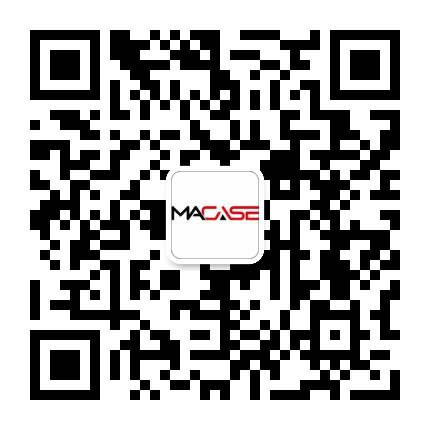Industry information
01 - Why aren’t more people choosing cybersecurity as a career?
02 - What does Server Chassis mean?
03 - Tesla plunged 46 billion, super factory + super marketing + super boss = blood loss?
04 - AI deep learning speech recognition face recognition artificial intelligence solution
05 - The difference between redundant power supply and UPS power supply
06 - Macase industrial control sharing: 2020 server chassis future development speculation, is expected to enter the international server market
07 - Macase Industrial Control Sharing: The server chassis industry will change dramatically, cloud computing will drive the market, and the server market will enter a new era.
08 - Macase Industrial Control Branch shared: The industrial control chassis market is developing rapidly, and the industrial control chassis enterprises have broad prospects.
09 - In the process of manufacturing the industrial control chassis, Miken Cisco introduced how to distinguish between good and bad chassis manufacturers.
010 - Which is better for the server chassis? Distribution cabinet types and their functions
AI deep learning speech recognition face recognition artificial intelligence solution
 2019-08-10
2019-08-10 Macase
Macase
AI deep learning speech recognition face recognition artificial intelligence solution
AI deep learning solution
With the gradual popularization of AI applications, major interconnected companies and various technology giants are actively involved in it. AI deep learning has gradually served our lives. According to market information evaluation, AI technology will be in the next few decades. "Gold industry."
Below we briefly analyze what is AI deep learning:
Deep learning (also known as deep structured learning or hierarchical learning)
Part of a broader family of machine learning methods based on learning data representation, rather than algorithms specific to a certain task. Learning can be a supervised, semi-supervised or unsupervised way. The deep learning architecture is divided into: deep neural network, deep belief network and recurrent neural network.
It has been widely used in: computer vision, speech recognition, natural language processing, audio recognition, social network filtering, machine translation, bioinformatics, drug design, medical image analysis and other fields. They produce results that are comparable to human experts and, in some cases, superior to human experts. Let's take a few examples and analyze it briefly.
Automatic speech recognition
Large-scale automatic speech recognition is the first and most convincing success story of deep learning. The initial success of speech recognition was based on TIMIT's small-scale recognition tasks. The data set contains 630 speakers from eight major US dialects, each reading 10 sentences.
Its small size allows for many configurations to be tried. More importantly, the TIMIT task involves phone sequence identification, which, unlike word sequence recognition, allows a weak phone two-letter language model. This makes it easier to analyze the intensity of the acoustic modeling aspects of speech recognition. All major commercial speech recognition systems (eg, Microsoft Cortana, Xbox, Skype Translator, Amazon Alexa, Google Now, Apple Siri, Baidu and iFlyTek voice search, and a range of Nuance voice products) are based on deep learning.
Image Identification
A generic evaluation set for image classification is the MNIST database data set. Usually used for target detection (face detection, vehicle, license plate, vehicle detection, etc.), object recognition, face recognition, behavior detection (tailing, stopping, disappearance detection, etc.), involving intelligent transportation, intelligent public safety, intelligent building And so on.
Visual arts processing
Closely related to the progress made in image recognition is the increasing use of deep learning techniques in a variety of visual arts tasks. DNN has proven itself capable of identifying, for example, the style period of a given painting, "capturing" the style of a given painting and applying it to any photo in a visually pleasing manner, and producing an image based on a random visual input field. .
Drug discovery and toxicology
A large percentage of drug candidates have not been approved by regulatory authorities. These failures are caused by inadequate efficacy (target effects), adverse interactions (off-target effects) or accidental toxic effects. Research has explored the use of deep learning to predict the toxic effects of biomolecules and environmental chemicals on nutrients, household products and drugs.
Image recovery
Deep learning has been successfully applied to inversion problems such as denoising, super resolution, repair and film coloring. These applications include learning methods such as "Shrink Field for Effective Image Recovery", which trains on image data sets, and Deep Image Prior, which trains images that need to be restored.
The above is the industrial control chassis manufacturer Macase Technology introduced to you!
